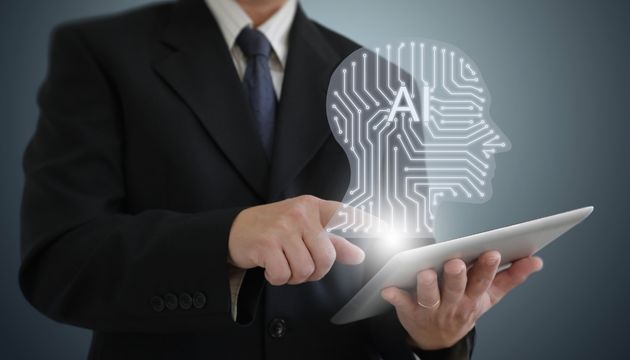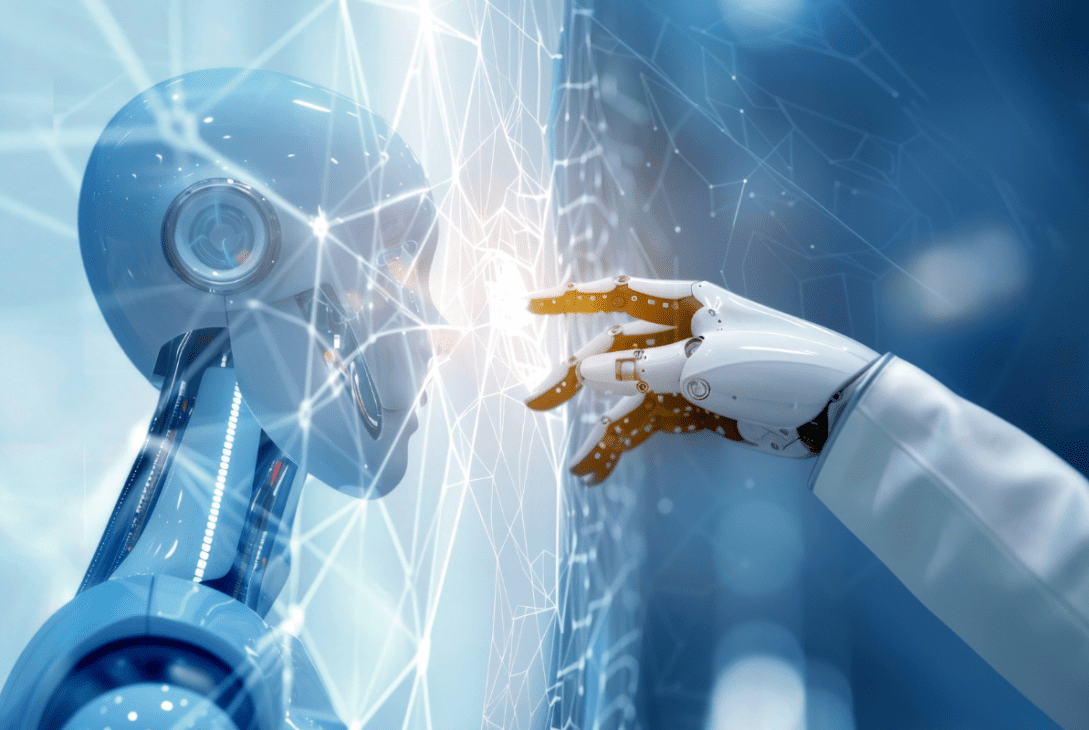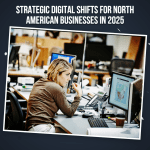In 2025, artificial intelligence is more than a trend. It is an integral part of how modern organizations operate, innovate, and grow. Businesses around the world are integrating AI across their functions, and professionals are learning how to adapt alongside it. But this shift is not about replacement. It is about evolution. The future of work belongs to those who learn to collaborate with AI rather than compete against it.
To thrive in this landscape, professionals must embrace AI as a strategic tool and a partner in progress. This article explores how AI is reshaping the workplace, why human collaboration remains irreplaceable, and how individuals can prepare for long-term success.
The Expanding Role Of AI In The Workplace:
Artificial intelligence is rapidly transforming from a support tool into a core operational asset. Today’s AI tools can process vast amounts of data, automate routine tasks, and assist with decision-making processes that once required hours of human analysis. Whether applied in supply chain management, marketing, human resources, or customer engagement, AI is becoming embedded in daily business operations.
But even as AI handles more technical or repetitive functions, it cannot replace human creativity, leadership, or judgment. Organizations that treat AI as a collaborator rather than a competitor are already seeing benefits in productivity, responsiveness, and innovation. These early adopters are building a workforce that uses AI to amplify human talent – not suppress it.
Why Human-AI Collaboration Is More Effective Than Automation Alone?
One of the most critical mindsets for 2025 is understanding that AI is not here to take over. Instead, it works best when paired with human insight. Automation alone is not a strategy. It is a tool – one that must be guided by human intent, ethical reasoning, and long-term thinking.
When people and AI systems collaborate, the result is smarter, faster, and more adaptive decision-making. AI brings computational power and speed, while humans bring emotional intelligence, contextual understanding, and purpose-driven thinking. The two together form a partnership that can solve problems more holistically than either can alone.
This collaborative approach leads to:
- Reduced decision fatigue through AI-supported recommendations.
- Increased creativity by freeing up time from manual tasks.
- Faster feedback loops that help teams test, iterate, and refine ideas.
- A more personalized experience for customers and internal stakeholders.

The Essential Human Skills In An AI-Driven Economy:
In a world where machines can generate text, analyze data, and even simulate conversation, the most valuable professionals will be those who bring uniquely human strengths to the table. These include:
Critical Thinking: AI can suggest answers, but only humans can weigh the social, ethical, and long-term implications of those decisions. Professionals who develop strong analytical reasoning and strategic foresight will remain central to high-stakes planning.
Emotional Intelligence: Understanding how people feel, what motivates them, and how to communicate effectively is not something AI can replicate. Empathy, active listening, and interpersonal leadership will continue to be essential, especially in roles that require collaboration, negotiation, or mentorship.
Adaptability And Continuous Learning: As AI tools evolve, so must the workforce. The professionals who succeed in the coming years will be those who are open to learning, comfortable with change, and capable of re-skilling as new technologies emerge. This mindset is not just about staying relevant – it is about staying empowered.
Investing time in understanding how AI tools work, exploring online courses, and experimenting with new platforms can turn uncertainty into opportunity.
Also Read: Crafting a compelling business introduction
Addressing Common Concerns About AI In The Workplace:
Despite the advantages of AI, concerns remain about how these technologies will impact employment, workplace culture, and mental well-being. It is important to acknowledge and address these issues head-on.
For many workers, the rapid introduction of AI can feel overwhelming or even threatening. Without clear communication, guidance, and support, this can lead to stress, confusion, or resistance to change.
To navigate this transition effectively, organizations must:
- Prioritize transparent communication about how AI will be used and what it means for different roles.
- Offer meaningful upskilling programs so employees can grow alongside the technology.
- Create spaces for feedback and discussion, where workers can express concerns, ask questions, and feel heard.
Building trust around AI integration is not a one-time event. It requires ongoing effort, leadership, and empathy.
Gaining A Competitive Edge Through Strategic AI Use
When implemented with purpose, AI becomes more than a cost-saver – it becomes a growth engine. Businesses that adopt AI strategically gain advantages in speed, customer understanding, market insight, and operational agility.
Here are just a few examples of what AI can help businesses do more effectively:
- Forecast demand and optimize supply chains.
- Personalize marketing campaigns based on real-time behavior.
- Monitor and improve customer service performance.
- Accelerate data analysis for better decision-making.
Yet these benefits only reach their full potential when guided by human input. Professionals must learn to interpret AI-generated data through the lens of experience and organizational goals. This balanced approach results in smarter decisions and more resilient strategies.

Preparing Yourself For A Human-AI Future:
If AI is going to be your collaborator, you need to be prepared for the partnership. Here are some practical ways to get started:
Understand The Basics: You do not need to become a programmer to work effectively with AI. However, gaining a fundamental understanding of how AI tools function, where they apply, and what their limitations are will give you confidence and clarity.
Identify The Tools That Impact Your Role: Explore the platforms and technologies being used in your industry. Learn which tools can support your workflows, reduce time spent on routine tasks, or provide insights that help you make smarter decisions.
Invest In Your Soft Skills: Double down on your communication, leadership, and collaboration abilities. These will remain your most valuable assets – the skills that AI cannot automate.
Commit To Lifelong Learning: The pace of change is only accelerating. Whether through formal courses, mentorship, or self-guided exploration, staying curious and committed to growth will ensure that you stay relevant in the years to come.
Final Thoughts: Collaboration, Not Competition
Artificial intelligence is not here to replace professionals. It is here to work with them. The opportunity lies not in resisting AI, but in learning how to engage with it purposefully, responsibly, and strategically.
In this new era, the most successful individuals will be those who view AI as a teammate, not a threat. They will seek to understand its capabilities, align it with their goals, and develop the skills needed to lead in a transformed workplace.
The future of work is not machine-driven. It is human-led, tech-enhanced, and rooted in collaboration.
As we move forward, the question is not whether AI will be part of your professional journey. The question is how well prepared you are to make it your ally.
Now is the time to learn, experiment, and lead the way.









